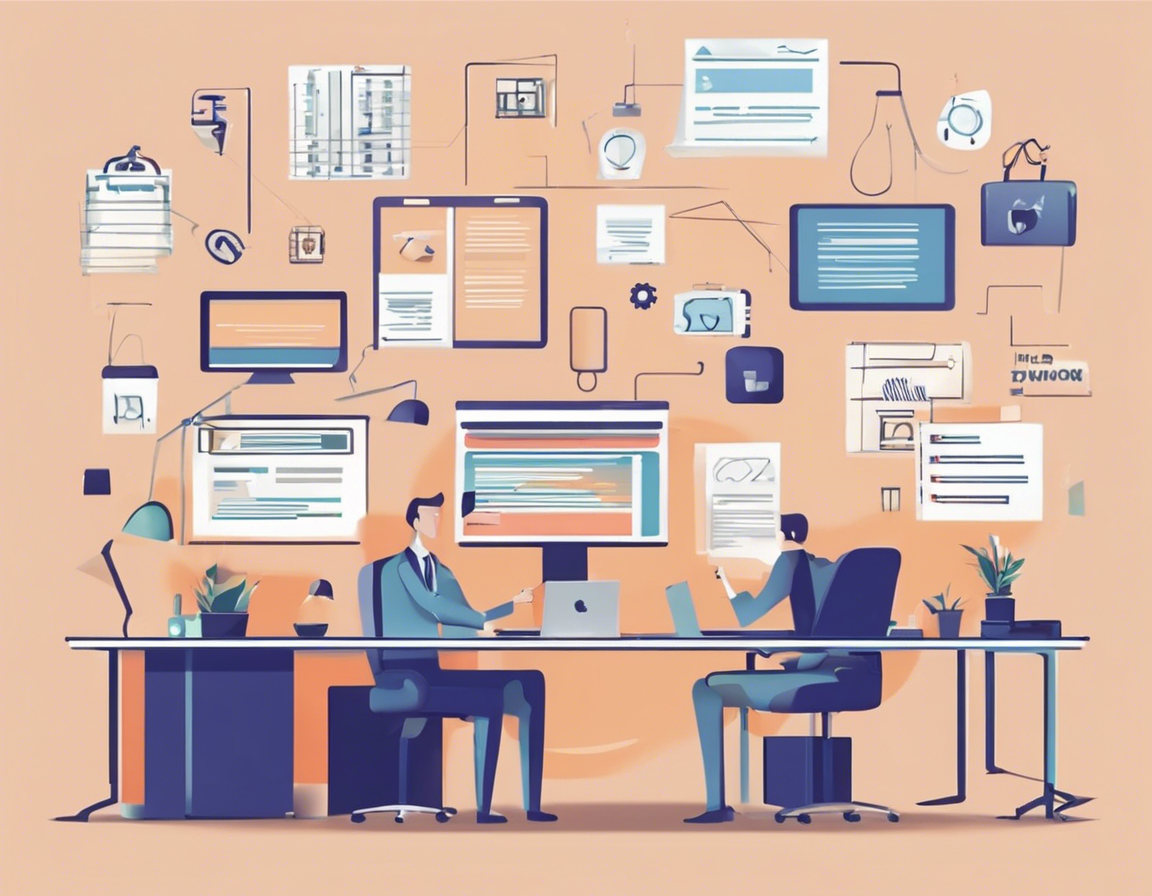Physical Uplink Control Channel (PUCCH) Explained
Physical Uplink Control Channel, or PUCCH, is a pivotal component in the uplink communication of Long-Term Evolution (LTE) networks. It plays a crucial role in facilitating the transmission of control information from the User Equipment (UE) to the eNodeB (eNB) in an LTE network. In this article, we will delve deep into the intricacies of the PUCCH, its significance, operation, and its impact on the overall performance of LTE networks.
Understanding PUCCH
The PUCCH is primarily responsible for carrying uplink control information such as hybrid automatic repeat request (HARQ) acknowledgments/negative-acknowledgments (ACK/NACK), channel quality indicator (CQI), and scheduling requests. By transmitting this crucial control information over the PUCCH, the UE can effectively communicate with the eNB, enabling seamless and efficient data transmission within the LTE network.
Significance of PUCCH
The PUCCH serves as the backbone for ensuring reliable and efficient uplink communication in LTE networks. By dedicating specific resources for the transmission of control information, the PUCCH plays a vital role in optimizing the overall network performance, reducing latency, and enhancing the quality of service experienced by users.
Operating Principles of PUCCH
The PUCCH operates within predefined resources known as Physical Uplink Control Channel Elements (PUCCH Format). These elements are assigned specific subcarriers and symbols within the uplink bandwidth to carry the control information efficiently. By utilizing different PUCCH formats and modulation schemes, the PUCCH adapts to varying communication requirements, ensuring flexibility and resource optimization in LTE networks.
PUCCH Format
The PUCCH supports multiple formats to accommodate different types of control information. These formats include Format 1, Format 1a, Format 1b, and Format 2, each tailored to specific control information types such as ACK/NACK, CQI, and scheduling requests. By leveraging these distinct formats, the PUCCH optimizes resource allocation and ensures effective communication between the UE and the eNB.
Challenges and Solutions
Despite its critical role, the PUCCH faces challenges related to interference, limited resources, and varying channel conditions. To mitigate these challenges, advanced techniques such as adaptive modulation and coding, power control, and interference cancellation algorithms are employed to enhance the reliability and efficiency of the PUCCH transmission, ensuring seamless uplink communication in LTE networks.
Future Developments
As LTE evolves towards 5G and beyond, the PUCCH continues to play a vital role in ensuring efficient uplink control signaling. With the introduction of advanced technologies such as massive MIMO, beamforming, and advanced receiver algorithms, the PUCCH is poised to further improve spectral efficiency, coverage, and reliability in next-generation wireless networks.
Frequently Asked Questions (FAQs)
-
What is the purpose of PUCCH in LTE networks?
The PUCCH is used to transmit uplink control information such as ACK/NACK, CQI, and scheduling requests from the UE to the eNB in LTE networks. -
How does PUCCH optimize resource allocation in LTE networks?
By supporting multiple formats and adapting to varying communication requirements, the PUCCH optimizes the allocation of resources for efficient uplink control signaling. -
What are the main challenges faced by PUCCH in LTE networks?
Challenges such as interference, limited resources, and varying channel conditions pose obstacles to PUCCH transmission, which can be addressed through advanced techniques like power control and interference cancellation. -
How is PUCCH expected to evolve in 5G networks?
With the advent of 5G technologies such as massive MIMO and beamforming, the PUCCH is expected to enhance spectral efficiency, coverage, and reliability in next-generation wireless networks. -
What role does PUCCH play in reducing latency in LTE networks?
By efficiently transmitting control information, the PUCCH helps reduce latency in LTE networks, ensuring faster communication and improved quality of service for users.
In conclusion, the PUCCH stands as a cornerstone of uplink control signaling in LTE networks, playing a pivotal role in optimizing resource allocation, enhancing network performance, and ensuring reliable communication. With ongoing advancements and the transition to 5G, the PUCCH continues to evolve, promising enhanced efficiency and effectiveness in future wireless communication systems.





